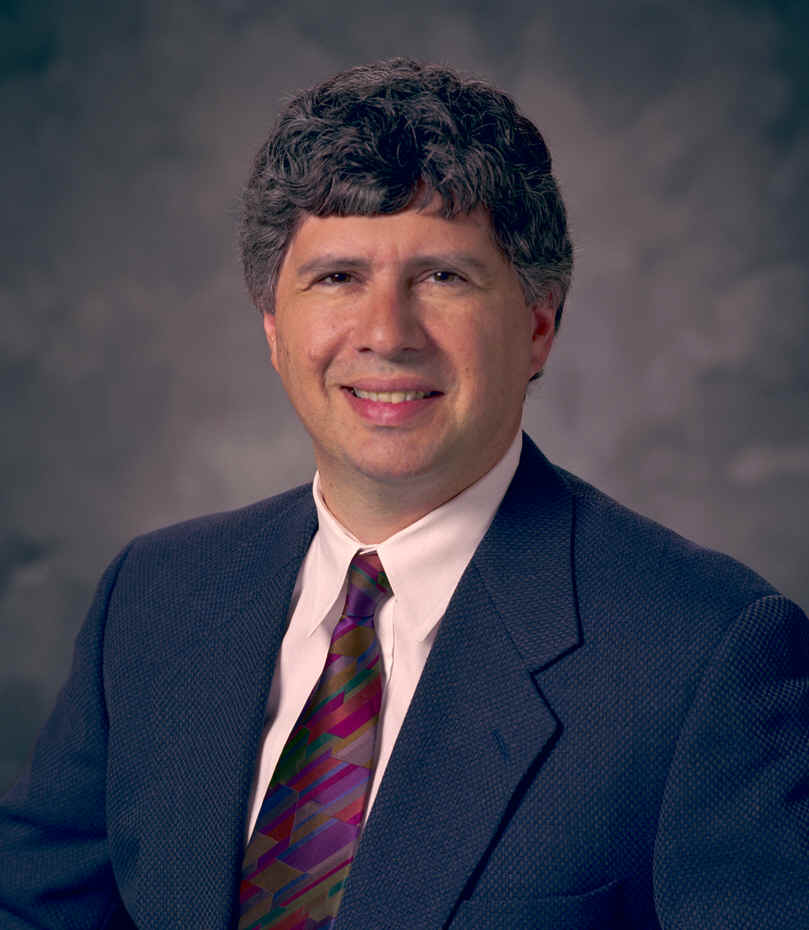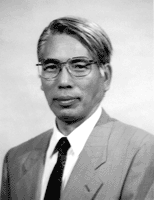
KEYNOTE SPEAKERS
Tuesday Morning, 11 April 2000
 David L. Tennenhouse
David L. Tennenhouse
Chief Scientist, Defense Advanced Research Projects Agency (DARPA),
Senior Research Scientist, Massachusetts Institute of Technology
David Tennenhouse has recently been appointed Director
of Research at the Intel Corporation. He has been one of the pioneers of Asynchronous
Transfer Mode (ATM) Networking, Active networks, Software Radio and Desktop Media
processing.
David previously served as Chief Scientist and Director of the Defense Advanced Research
Projects Agency's Information Technology Office. At DARPA, he directed a $300 Million per
year research program that focuses on information technology issues of strategic concern
to the U.S. government, including: advanced computer architectures, operating systems,
networks, spoken language systems, collaboration tools and visualization software. As
Office Director, David formulated DARPA's PRO-Active Computing research strategy, which
emphasizes the networking of embedded and autonomous systems. He was also a key player in
the development of the U.S. government's Information Technology for the 21st Century (IT2)
initiative.
Dr. Tennenhouse studied Electrical Engineering at the University of Toronto, where he received his B.A.Sc. and M.A.Sc. degrees. In 1989 he completed his Ph.D. at the Computer Laboratory of the University of Cambridge and joined MIT, where he held appointments in the Department of Electrical Engineering & Computer Science and in the Sloan School of Management. He developed and taught courses on networking, software systems engineering, computer architecture and information infrastructure. David's technology research focused on systems issues related to networks, distributed computing, software radio, media processing and telecommunications policy. At the Sloan School, Dr. Tennenhouse was involved in efforts to study the impact of information technology on organizations and to "invent" the organizations of the 21st century. He contributed to the development of the Chief Networking Officer (CNO) course, has lectured in the Sloan Senior Executive's Program and been on the advisory board of the MIT Research Program on Communications Policy.
In addition to his research activities, David has been actively involved in the development of commercial technologies and business strategies. He is one of the founders of a consulting firm with expertise in fault tolerant transaction processing and has been a consultant to a range of technology, venture capital and financial organizations. Dr. Tennenhouse is a member of the ACM and IEEE and served on the Visiting Committee on Advanced Technology of the National Institute of Standards and Technology. He has been a member of the National Science and Technology Council's Sub-committee on Computing Information and Communications R&D and chaired the Technology & Policy Working Group of the President's Information Infrastructure Task Force. In addition to his journal and conference publications, Dr. Tennenhouse has chaired various workshops and studies concerned with: Information Infrastructure, ATM / Gigabit networki
Wednesday Morning, 12 April 2000
 Lance
B. Boxer
Lance
B. Boxer
President, Communications Software Group Lucent Technologies
Lance Boxer is group president of Lucent Technologies' Communications Software Group, a global leader in communications software with customers in more than 45 countries. The group sells an extensive portfolio of software, including network management and operations systems, intelligent networking software and servers, and billing and customer care systems.
Prior to joining Lucent Technologies in October 1998, Mr. Boxer was chief information officer at MCI Communications Corporation. In that position, Mr. Boxer oversaw MCI's global systems development, information technology, intelligent services platform development, and network systems development. Within the Information Technology organization, his group was responsible for development of order entry, billing and traffic systems; call center applications and infrastructure; network management; advanced product platforms such as Card and 1-800-Collect, MCI Messaging; and the many related systems that supported MCI's entry into local markets.
Mr. Boxer held a variety of senior operations and engineering positions with MCI. Prior to his CIO duties, as senior vice president of the Data Services Division, Mr. Boxer was responsible for product development, engineering, marketing and overall operations of MCI's global data product portfolio, which included Hyperstream Frame Relay, SMDS, ATM, Private Lines and InternetMCI. Under his leadership, Data Services was MCI's fastest growing unit in l995. Mr. Boxer was recognized by CIO magazine as one of the "Top 100 IT performers globally" in 1996,1997 and 1998.
Before joining MCI in 1983, Mr. Boxer spent six years in the U.S. Army Signal Corps, two years with Bell Laboratories, and two years with TRT Telecommunications.
Mr. Boxer is a member of the board of directors for The National Children's Cancer Society, an ex-officio member of the board of Collin County Children's Advocacy Center in Texas and a charter member of the Allen School Foundation. His past memberships include the Richardson, Texas Chamber of Commerce Technology Council Executive Committee, the National Science Foundation's Network Executive Committee, the State University of New York M.B.A. Advisory Board, and the city council in Fairview, Texas. He has also served on the boards of directors of Digital Link, a NASDAQ company, and Advanced Network Systems.
He holds a bachelor's degree in engineering and a master's degree in business administration from New York University.
Thursday Morning, 13 April 2000
 Hiroshi
Yasuda
Hiroshi
Yasuda
Professor: The University of Tokyo Vice Director of Center for Collaborative Research
Research Center for Advanced Science and Technology (RCAST)
Professor Hiroshi Yasuda received his B.E., M.E., and Dr.E. from the University of Tokyo, in 1967, 1969, and 1972, respectively. Since joining the Electrical Communication Laboratories of Nippon Telegraph and Telephone Public Corporation (NTT) in 1972, he has been actively involved in Video Coding, Facsimile Network, Image Processing, Tele-presence, B-ISDN Network and Services, Internet and Computer Communication Applications. His current interested is in ultra high speed networks and their applications, active networks, copyright protection, human machine interface, and human media technologies.
Professor Yasuda joined University of Tokyo after five years as the Executive Manager of Visual Media Laboratories of NTT Human Interface Laboratories, three years as the Executive Manager of System Services Department of NTT Business Communication Systems, and two years as Vice President and Director of NTT Information and Communication Systems Laboratories. Currently, Professor Yasuda is Vice Director of Center for Collaborative Research (CCR) and Professor of Research Center for Advanced Science and Technology (RCAST). He has served as guest editor of IEEE Journal on SAC, member of HDTV Workshop Executive Committee, and Exhibition Chair of 1996 Multimedia Systems Conference. In addition, he served (1991-1999) as the Chairman of ISO/IEC JTC1/SC29 (Audio, Picture, Multimedia and Hypermedia Coding International Standardization), and as the President (1996-1998) of DAVIC (Digital Audio Video Council). Currently he is the chair of Collaborative Research Center User's Committee of Japan Giganet project, and the President of Content ID Forum.
Professor Yasuda is the recipient of 1973 EICEJ paper award, 1987 Takayanagi award, 1990 M. Kobayashi award, 1995 EICEJ achievement award, 1996 Television Institute achievement award, and 1995-1996 EMMY award from the National Academy of Television Art and Science. He is Fellow of IEEE, member of EICEJ, and Television Institute and Information Processing Institute. He has written “International Standardization of Multimedia Coding” in 1991, “MPRG/International Standardization of Multimedia Coding” in 1994, “The Base for the Digital Image Coding” in 1995 and “The Text for Internet” in 1996.
Any questions or problems, please contact noms2000@comsoc.org
